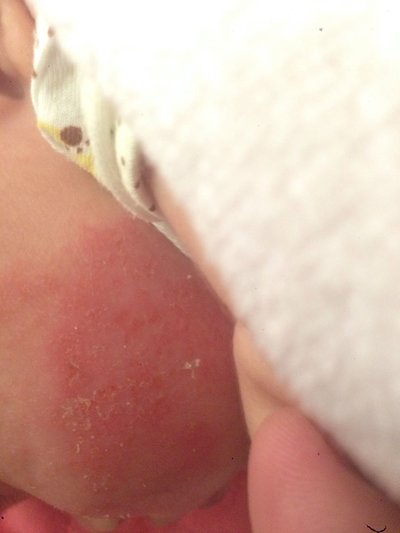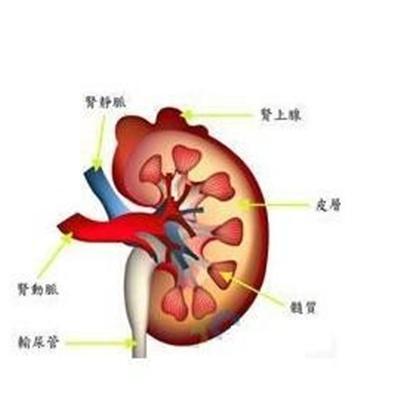How does postpartum hemorrhage appear hemorrhagic shock to do
summary
Postpartum hemorrhage refers to the amount of maternal blood loss not less than 500ml within 24 hours after the fetus is delivered from the mother, and not less than 1000ml after cesarean section. Massive vaginal bleeding after the separation of the fetus from the mother often leads to hemorrhagic shock, which is a common serious complication after the delivery of the fetus, and also one of the main causes of maternal death in China. In this regard, we should pay attention to, and require to make relevant preparations before labor, such as preparing a large amount of blood with the same blood type as the maternal in advance, in order to prevent the occurrence of hemorrhagic shock and ensure the safety of maternal life. Let's take a look at the following.
How does postpartum hemorrhage appear hemorrhagic shock to do
First, the specific amount of blood loss should be accurately judged (shock index method): shock index (SI) = pulse rate / systolic blood pressure, Si = 0.5 is normal; Si = 1 indicates mild shock; At 1.0 ~ 1.5, the blood loss was about 20% ~ 30% of the whole body blood volume; 0, about 30% ~ 50%; If > 2.0, the blood loss is more than 50%, indicating severe shock.
First, strengthen the contractile ability of uterus, such as massaging uterus, applying uterine contractile agent, packing yarn into uterine cavity, etc; 2. For placental factors, the placenta should be stripped as soon as possible. If it cannot be stripped, the uterus should be cleaned or hysterectomy should be carried out at the same time of using antibiotics; 3. For soft birth canal laceration, the wounds should be sutured in turn after hemostasis; 4. Coagulation dysfunction, blood transfusion and supplement of platelet, fibrinogen and coagulation factors as soon as possible.
Third, the specific causes of maternal blood loss: 1. Uterine contraction weakness, uterine massage or injection of uterine contraction agent after bleeding reduced or stopped; 2. Placental factors: the placenta has not been separated within 10 minutes after the birth of the fetus, causing a lot of vaginal bleeding; 3. Soft birth canal laceration, such as cervical laceration, vaginal laceration, perineal laceration, etc; 4. Coagulation dysfunction, manifested as continuous vaginal bleeding and blood coagulation.
matters needing attention
Note: the death due to massive postpartum hemorrhage often occurs in primary hospitals, because these hospitals do not have enough blood supply and lack of other first aid facilities. Therefore, before giving birth, we should send the puerpera to a large hospital with relatively good medical conditions. We should not send the puerpera to a small hospital without any safety guarantee in order to save money, or find the so-called "wenpo" to deliver the baby at home.
















